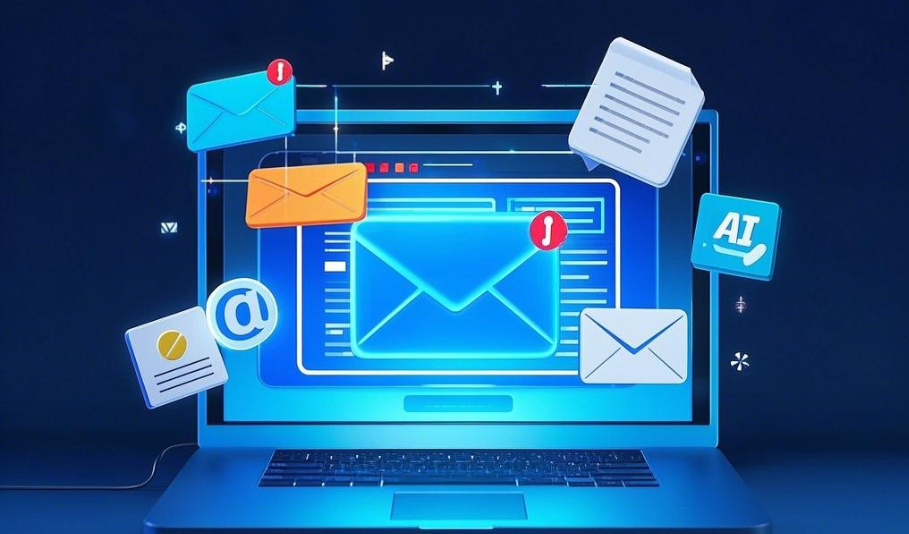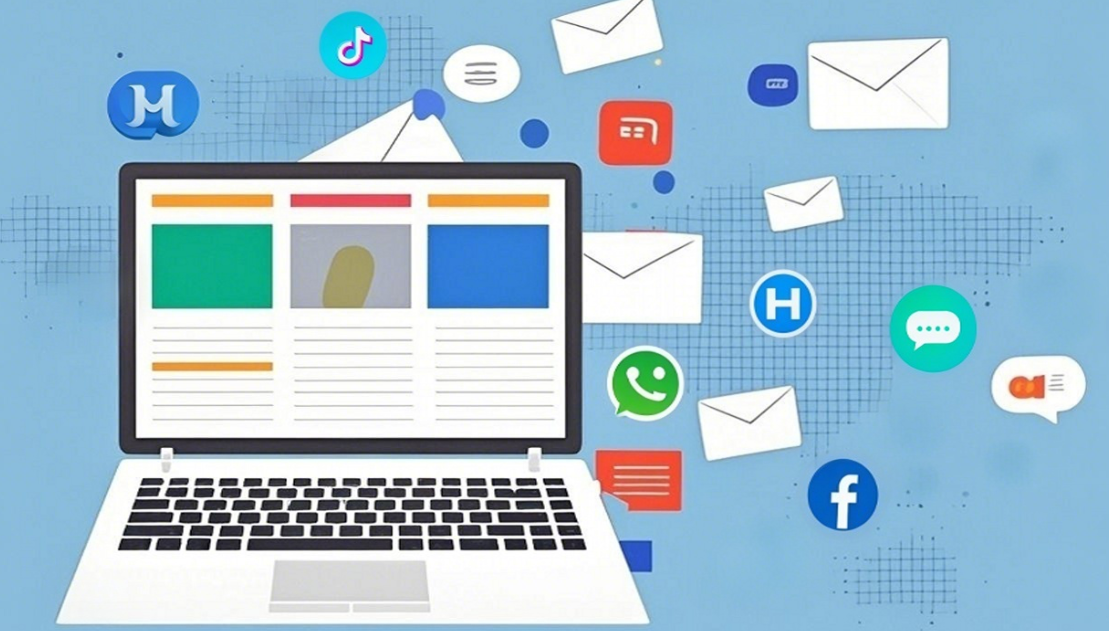 400-076-6558智领未来,外贸超级营销员
400-076-6558智领未来,外贸超级营销员
 400-076-6558智领未来,外贸超级营销员
400-076-6558智领未来,外贸超级营销员

The timing and frequency of sending development emails are crucial for new foreign trade professionals to effectively reach their customers. This article focuses on new foreign trade players and provides practical and implementable solutions for sending development emails, incorporating skills such as time - zone adaptation, holiday marketing, and customer behavior analysis.
When dealing with customers from different regions, time - zone differences can significantly affect the effectiveness of email communication. For European and American customers, it is recommended to send emails between 9:00 - 11:00 local time from Tuesday to Thursday. This helps avoid the high - meeting volume on Mondays and the low - efficiency period approaching the weekend on Fridays. For Middle Eastern and Southeast Asian customers, the morning of local working days is the preferred time. For example, for Middle Eastern customers, you can try sending emails between 9:00 - 12:00 UAE time, while avoiding the religious rest day on Fridays.
To better manage time - zone differences, you can use world clock tools like Timeanddate to mark the time zones of your customers in advance. Additionally, email tracking tools such as Yesware can automatically record the reading time of customers, providing valuable insights for future email scheduling.
Holiday seasons are excellent opportunities to boost the open rates of your development emails. For common festivals like Christmas (December 25th) and Eid al - Fitr (March 30th, 2025), you can send holiday greetings along with product discounts 1 - 2 weeks in advance. For example, "Christmas Special: Order Now and Get Customized Packaging for Free". During industry exhibitions, such as the Hannover Messe in Germany, follow - up emails should be sent to the participating customers within 3 days after the exhibition ends, mentioning specific details of the exhibition to enhance memory.
For special occasions like the anniversary of the customer's company or a new product launch, you can monitor through LinkedIn updates and promptly send congratulatory emails.
The active periods of customers vary according to their industry characteristics. Manufacturing customers usually handle procurement needs in the morning, while technology - industry customers may prefer to discuss technical details in the afternoon. You can adjust your email - sending schedule based on these patterns.
Email tracking tools, such as AB客 Marketing Email, can be used to analyze the time distribution of customers opening emails. This data can be used to optimize your email - sending plan and increase the chances of reaching customers at the right time.
New customers should receive 1 - 2 emails per week (with a 3 - 4 - day interval) after the initial contact. The content should focus on product value and case studies, such as "How 3 Peer Customers Reduced Costs by 20% with Our Solution". For customers in the follow - up stage, the frequency should be adjusted according to their responses. If a customer has read the email but not replied, you can send a differentiated email 7 days later, such as "We've Optimized the Solution Parameters Based on Your Needs". For old customers, 1 - 2 emails per month are sufficient, emphasizing industry trends and value - added services, like "Interpretation and Response Plans for the EU Environmental Protection New Regulations in 2025".
A/B testing can help you determine the best email - sending frequency. You can compare the open rates and response rates of sending 1 email per week versus 2 emails per week, as well as the effects of different subject lines, such as "Limited - Time Discount" versus "Industry White Paper". Research shows that in the B2B field, the response rate of sending 1 - 2 emails per week is 37% higher than sending emails daily, and sending more than 5 emails per month will lead to an increase in the unsubscribe rate.
It is crucial to avoid over - marketing. Do not continue to send emails after the customer has clearly refused, or repeatedly push the same content in a short period. An exit mechanism should be added at the end of the email, with a clear unsubscribe link, to respect the customer's choice and maintain the brand image.
For manufacturing customers, the best time to send emails is one month before the end of their fiscal year (e.g., November), when you can send cost - optimization plans. During the equipment maintenance season (e.g., summer), you can promote upgrade services. The frequency strategy should be 1 technical white paper and 1 case analysis per month, highlighting data such as "A 40% Reduction in Equipment Failure Rate".

When targeting European and American retailers in the fast - moving consumer goods industry, you should send new product catalogs 3 months before the Christmas season (September) and promotional plans 1 month before Easter (March). During the new product launch period, send 1 email per week, and in normal periods, send 1 email every two weeks. Urgency - inducing phrases like "Limited Stock" can be used to increase conversion rates.
.jpg)
For technology - based customers, send technical materials 2 weeks after industry exhibitions (e.g., CES), or analyze the cooperation potential after the customer's financial report is released. The frequency strategy should be 1 technical trend email and 1 competitor comparison report per month, highlighting cases like "Helping XX Company Shorten the R & D Cycle by 30%".

Timeanddate can mark the time zones of over 200 countries globally and support setting email - sending reminders. HubSpot Sales can automatically record the customer's time zone and recommend the best sending time.
AB客 Marketing Email supports automated mass mailing and can precisely track the opening time, location, and number of times of each email. Mailchimp provides a holiday template library and allows for batch import of customer - segmentation data.
Yesware can monitor the email open rate, click - hot zones, and generate customer activity reports. LinkedIn Sales Navigator can help you dig out the dynamics of the customer's company and capture cooperation opportunities.
In conclusion, mastering the timing and frequency of sending development emails is an essential skill for new foreign trade professionals. By implementing the strategies and using the tools mentioned above, you can effectively reach your customers, build trust, and increase the chances of successful cooperation. Don't hesitate to start applying these tips in your foreign trade practice!
.png?x-oss-process=image/resize,h_100,m_lfit/format,webp)
.png?x-oss-process=image/resize,h_100,m_lfit/format,webp)

.png?x-oss-process=image/resize,h_100,m_lfit/format,webp)
.png?x-oss-process=image/resize,h_100,m_lfit/format,webp)
.png?x-oss-process=image/resize,h_100,m_lfit/format,webp)
.png?x-oss-process=image/resize,h_100,m_lfit/format,webp)
